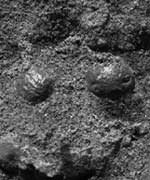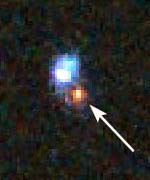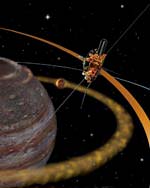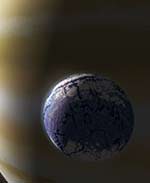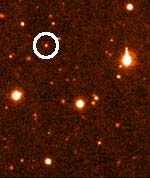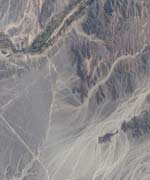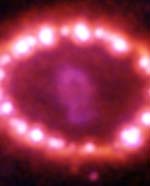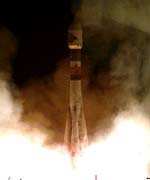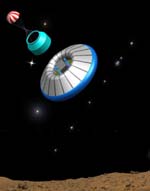
Image credit: ESA
Before humans can leave their boot prints on the dusty surface of Mars, many questions have to be answered and many problems solved. One of the most fundamental questions ? one that has intrigued humankind for centuries ? is whether life has ever existed on Mars, the most Earthlike of all the planets.
Through its long-term Aurora Programme of solar system exploration, ESA is already preparing a series of robotic missions that will reveal the Red Planet?s secrets and pave the way for a human expedition in decades to come.
A major step towards the realisation of this ambitious robotic programme was completed this week with the selection of two industrial teams to carry out the detailed design of the ExoMars rover and its Pasteur payload of scientific instruments.
The parallel Phase A studies for ExoMars, the first Flagship mission in the Aurora Programme, will be carried out by companies from ESA Member States and Canada.
The teams are:
* Prime contractor Astrium UK, with subcontractors Galileo Avionica (Italy), Von Hoerner & Sulger (Germany) and SciSys (UK)
* Prime contractor MD Robotics (Canada), with subcontractors Kayser Threde (Germany), Laben (Italy), Carlo Gavazzi (Italy) and Alcatel Space (France)
?The industrial groups will be responsible for producing a detailed design concept for the rover, the first vehicle of its kind to be built by ESA,? said Bruno Gardini, Aurora Project Manager.
?In addition to defining the optimum conceptual design for the rover, they will also be expected to consider the unique operational environment on Mars. The studies will also take into account the design of the Pasteur payload and how the scientific instrument package can best be integrated with such a highly mobile vehicle.?
This week?s announcement follows the September 2003 selection of two industrial teams to carry out a full, end-to-end mission design for ExoMars. Those contracts cover all phases of the mission, from launch, through the long interplanetary voyage to the landing of the rover on the planet.
ESA has also issued an open announcement or ?Call for Ideas?, requesting the participation of the scientific community in the ExoMars mission by proposing a well-defined set of instruments for the Pasteur payload.
After receiving some 50 proposals from more than 600 scientists in 30 countries, ESA intends to appoint three scientific Investigator Working Groups to advise on the final composition of the payload and its utilisation on Mars.
?ExoMars will be ESA?s first mission to carry an exobiology payload, a set of instruments specifically designed to search for life,? said Jorge Vago, ExoMars Study Scientist. ?Over the next few months we shall zero in on the final instrument composition and then pass this information on to the industrial contractors,? he said. ?Our intention is to define a multi-instrument package that will be able to fulfil a number of key tasks.?
?It should be able to drill into the surface, retrieve and analyse samples, study the physical environment and look for evidence of biomarkers ? clear signs that life has existed on Mars in the past, or even survives to the present day,? he added.
ExoMars, which is scheduled for launch in 2009, includes an orbiter and a descent module that will land a large (200 kg), high-mobility rover on the surface of Mars. After delivery of the lander/rover, the ExoMars orbiter will operate as a data relay satellite between the Earth and the vehicle on the Martian surface.
The primary objective of the rover and its state-of-the-art Pasteur payload will be to search for signs of life, past or present, on the Red Planet. Additional measurements will be taken to identify potential surface hazards for future human missions, to determine the distribution of water on Mars and to measure the chemical composition of the surface rocks.
Pasteur will be the most comprehensive scientific package ever to land on Mars, with tools that can extract, handle and analyse samples of Martian soil. The instrument mass of this payload is anticipated to be around 40 kg.
Its unique capability to obtain underground samples at depths of up to two metres will provide an excellent opportunity to gain access to ice-rich soil layers – and possibly the first definitive evidence of primitive Martian life.
Original Source: ESA News Release

